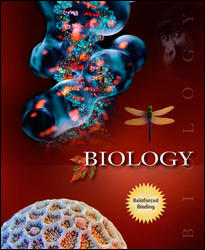 
Biology, Eighth Edition (Raven)Chapter 20:
Genes Within PopulationsLearning OutcomesChapter 20
- Recognize that natural selection is the correct mechanism for explain evolution.
- Understand the importance of and identify sources of genetic variation.
- Know how to solve various problems associated with Hardy-Weinberg equilibrium.
- List the five factors, and state an example of each, that affect Hardy-Weinberg equilibrium and understand how each can produce evolutionary changes in a population experiencing any one of the five.
- Compare and contrast the founder effect and the bottleneck effect.
- Understand the term fitness and all of the considerations that are involved with the concept of fitness.
- Distinguish between positive and negative frequency-dependent selection.
- Comprehend what is meant by “the heterozygote advantage,” and explain the example given in the text.
- Describe and be able to graph the examples of the three kinds of selection.
- Appreciate the limitations of selection
 |  |
|





